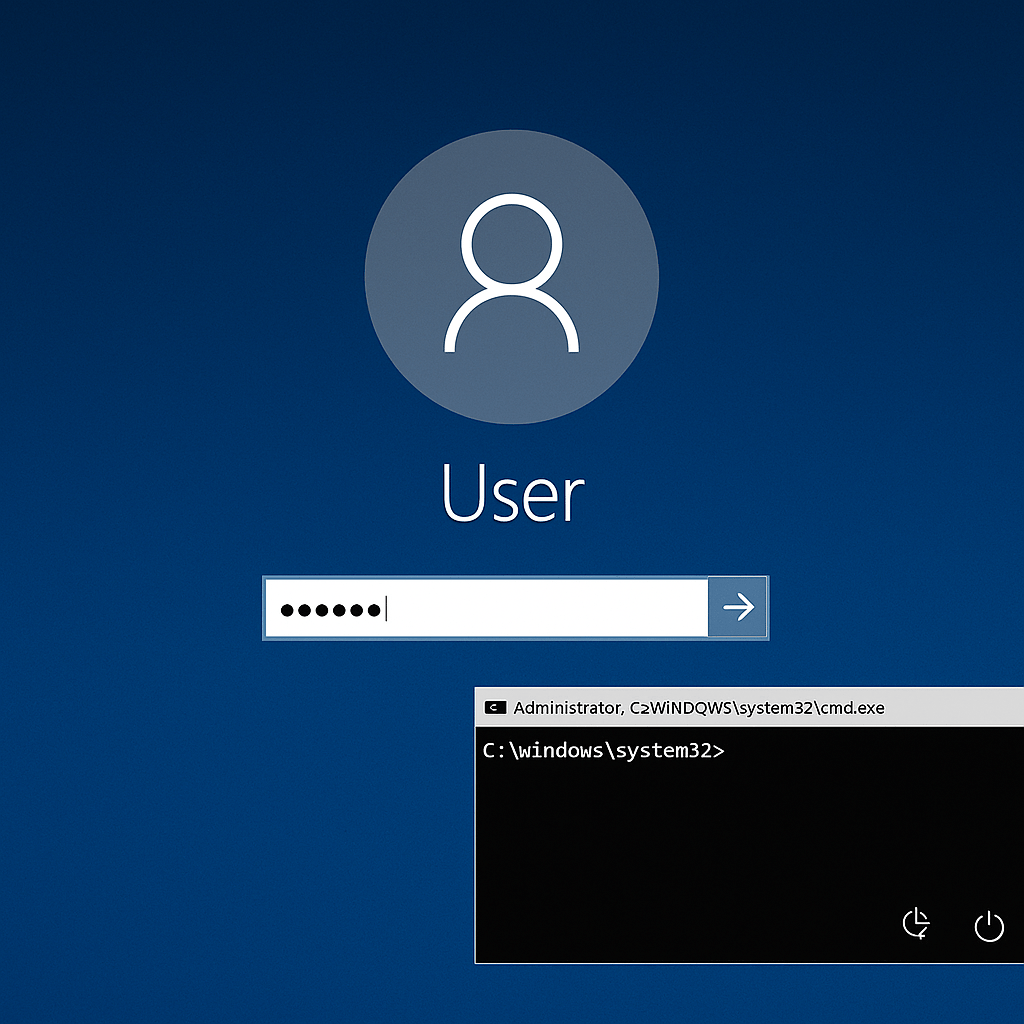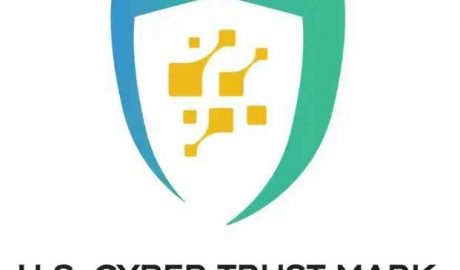Data is now the most targeted asset in cyberattacks, and organizations are investing heavily in securing it. Data Security Posture Management (DSPM) is a key tool. It helps monitor and protect sensitive data in various environments. Yet, as cybersecurity budgets increase, leadership teams demand clear value. Measuring ROI from DSPM is important. It helps justify expenses and enhance security plans.
This article breaks down how to measure DSPM’s return on investment in clear, practical terms. It highlights what to track, how to avoid common missteps, and why ROI matters beyond cost savings.
Why DSPM Matters in Today’s Security Strategy
With the use of clouds, the spread of SaaS, and hybrid environments, sensitive data is no longer restricted to secured networks. This fragmentation has rendered the models that are based on perimeters inadequate. DSPM assists organizations in identifying, categorizing, and safeguarding sensitive data in any location. It offers the clarity to know data exposure threats in real-time.
What is Data Security Posture Management?
DSPM (data security posture management) refers to tools and processes that continuously assess an organization’s data security. Its application also helps improve how well that data is protected over time. It traces the location of your data storage, who uses it, and how it flows between systems. Again, DSPM identifies patterns that may introduce unnecessary risk.
Unlike traditional approaches that focus on infrastructure, DSPM focuses on data itself. It aligns security efforts with the organization’s actual data posture. This alignment ensures protection is based on how data is accessed and handled in real-world scenarios.
The Need for Data-Centric Risk Visibility
Data breaches have become increasingly more expensive and common. According to the 2024 report by IBM, the average cost of a data breach is $4.88 million. Such events are usually caused by misconfiguration, over-access, or shadow data.
DSPM platforms assist security teams in revealing such weak points before the attackers exploit them. Such visibility helps organizations respond fast and reduce downstream damage.
Rethinking ROI in Cybersecurity
Measuring ROI in cybersecurity isn’t as direct as in revenue-generating functions. Security outcomes are primarily preventive. They depend on risk reduction, compliance alignment, and operational efficiency.
Conventional ROI models address cost reduction or an increase in revenues. When it comes to cybersecurity, it is measured in loss prevention and resiliency. This creates a change in the attitude towards assessing the DSPM initiatives.
Traditional ROI vs. Security ROI
In most departments, ROI is calculated as a clear ratio of financial return against the cost of investment. For security, success often means no incidents. This makes it hard to define ROI. We can use proxies like fewer incidents, better audit scores, or lower remediation costs.
Tangible and Intangible Value in Security Investments
Tangible value can include things like fewer data leaks or faster response times. Intangible value means more trust from stakeholders and better alignment with rules. DSPM helps by providing clear insights and steady control over sensitive data.
Key Metrics for DSPM ROI
To properly measure DSPM’s ROI, organizations must look beyond simple tool adoption. They need to evaluate its impact on measurable security and business outcomes. This means prioritizing major indicators. These are risk reduction, cost efficiency, and improved data management.
- Risk Reduction and Incident Avoidance.
- Time and Cost Savings.
- Compliance and Audit Cost Benefits.
- Operational Efficiency.
How to Measure ROI from DSPM
Companies need a uniform model to convert DSPM merits to quantifiable returns. This includes finding base measures and correlating them with business performance. Based on them, organizations are able to track the progress.
Set Baselines
Start by assessing the state of data security before DSPM implementation. Document existing gaps such as unknown data stores, access misconfigurations, or audit delays. Then, compare these areas after DSPM has been operational for a set period. Look for measurable improvements such as fewer security incidents or reduced response times. You can also track progress through increased data classification coverage.
Link DSPM Outcomes to Business Goals
ROI is relevant only when it is connected with strategic goals. This may involve minimizing regulatory risk or insurance premiums. It may also be associated with enhancing the time-to-marketability of new products by removing data latencies. Every enhancement related to DSPM must be linked to a bigger business priority.
Calculate Financial Impact
Calculate the savings of prevented breaches, such as legal fees, downtime, and reputational damage. Compare those figures with the cost of installation and support of DSPM. Conservative estimates should be employed where necessary. Anchor them on assumptions of practical incidences or third-party research.
Common Mistakes in Measuring ROI
Many security teams struggle to quantify ROI. They often apply models that don’t reflect the realities of cyber risk. It is better to know the common mistakes to create a realistic business case.
Overlooking Long-Term and Indirect Benefits
DSPM delivers compounding returns through better data hygiene and improved collaboration across teams. Failing to account for these downstream benefits leads to underreporting their impact.
Misaligning Metrics
Reporting technical statistics like “number of alerts generated” doesn’t resonate with business leaders. These metrics may reflect activity but not outcomes that matter to executive stakeholders.
Instead, translate these into business-aligned outcomes such as compliance posture improvements. This approach makes the value of DSPM more visible and easier to justify.
Treating ROI as a Static Metric
Calculation of ROI is not a one-time thing. It needs to grow as DSPM folds into other areas, such as data access governance or third-party risk. A periodic review of its value will ensure it is aligned with the changing organizational priorities. This allows ROI to be more representative of actual business results in the long run.
Real-World Indicators of DSPM Value
Understanding ROI in a vacuum is limiting. Organizations should monitor contextual indicators that reflect DSPM’s real-world effectiveness.
In highly regulated industries like healthcare, faster audit cycles are a clear benefit. Fewer compliance exceptions also serve as tangible signs of DSPM’s value. In fast-scaling SaaS companies, DSPM reduces the time spent solving data visibility issues. This frees up engineers to focus more on product development.
These outcomes may not always be expressed in monetary terms. Still, they contribute significantly to operational maturity and business agility.
Maximizing ROI from Your DSPM Investment
The return on DSPM isn’t just about cost savings. It also depends on how well the tool is adopted and integrated into broader workflows.
Security Stack Integration
DSPM works optimally when it is used to furnish information that can be acted upon quickly. It particularly functions effectively when combined with such instruments as SIEMs or identity platforms. The integration allows organizations to mitigate data risks without context-changing, which accelerates fixing.
Cross-Team Collaboration
Security teams will need to work with data owners, compliance officers, and engineering teams. That way, the insights developed by DSPM can be transformed into actual and practical change. Joint control enhances responsibility and even policy implementation.
Continuous Improvement of DSPM Strategy
Periodical tuning of DSPM rules would allow it to keep it true and relevant. Enlarging coverage means keeping the solution in line with the changing environments. Gaps in visibility may emerge again as data flows and business units change. The continuous optimization enables avoiding the emergence of these blind spots again.
Final Thoughts and Conclusion
When the ROI of DSPM is measured, it assists in the transition of security back to a business investment. When DSPM results are aligned with business goals, organizations can measure value in worthwhile terms.ROI isn’t only about avoiding costs. It is about speeding up decisions, enhancing compliance, and improving risk position. An aptly determined DSPM investment can assist security teams in showing proof of their outcomes. It also promotes the ongoing enhancement of sensitive data protection within the enterprise.

Working as a cyber security solutions architect, Alisa focuses on application and network security. Before joining us she held a cyber security researcher positions within a variety of cyber security start-ups. She also experience in different industry domains like finance, healthcare and consumer products.










